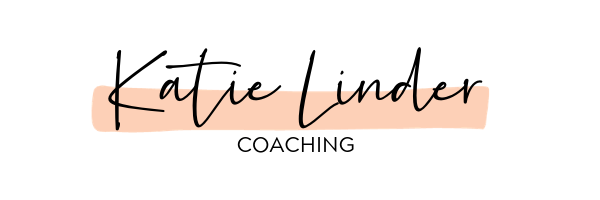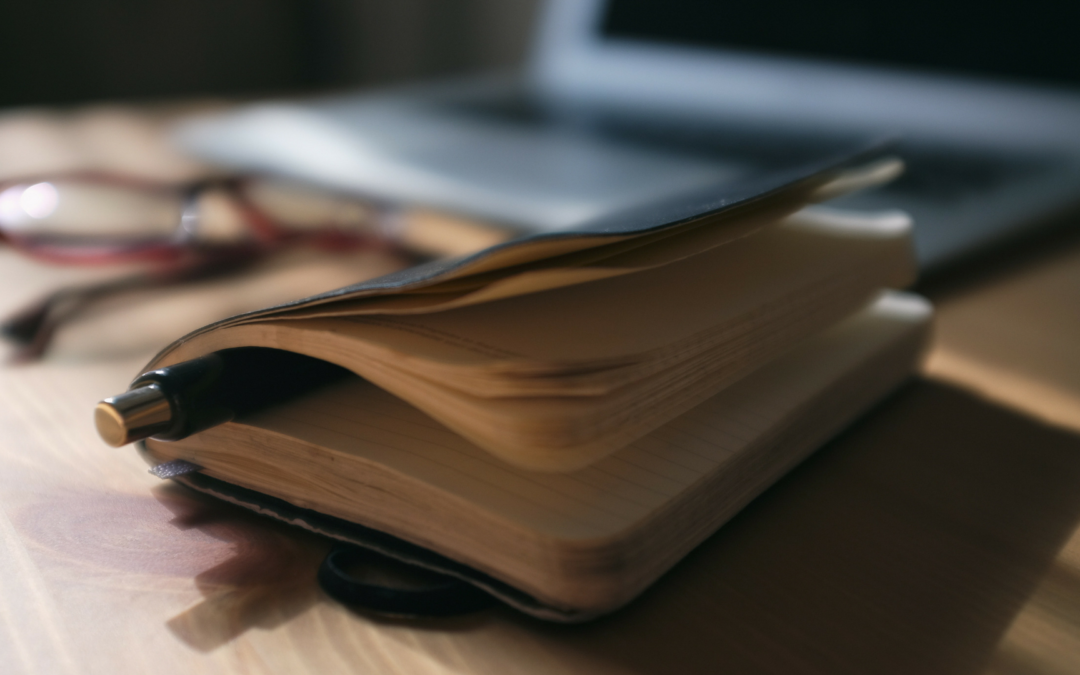On a pretty regular basis, I review the productivity strategies that are (or are not) working for me. I am a big believer in the idea that just because it worked once, doesn’t mean that it will always work. (Another spin on this is the book What Got You Here Won’t Get You There by Marshall Goldsmith, which I love and read every year.)
Usually these informal reviews of my productivity and tools bring about some tweaks. For example, I change up my listing strategies and how I use my whiteboards and post-it notes pretty frequently. So far, this has helped me make consistent progress on writing and other projects. Since every season is a bit different in terms of the projects that are on my plate, it makes sense that the strategies that I use to complete those projects would also change.
All that said, there are some tools that have been consistently helping me with my productivity. I share them here in case they may also be of use to you:
The Get to Work Book by Elise Joy Cripe. I’ve been using the Get to Work Book for about two years now and, although I’ve changed my strategies with how I use it a couple of times, it’s become a regular tool for me that I can see myself keeping around for a long time. This product is a yearly planner that allows you to prioritize tasks by day, week, and project. Since I manage my calendar online and on my phone, one of the best features of this planner for me is that it’s not time-stamped.
I mainly use the Get to Work Book to collect my daily to-do lists and to see from one day to the next what is actually getting done and what keeps getting put off. I also love that this planner is a beautifully and simply designed product that makes it a pleasure to use.
Highlighters. This is clearly a little old school, but I keep highlighters around all the time and use them frequently with lists and projects. I often color code my to do lists (currently tasks get marked as pink when they are completed and marked as yellow when they are not completed by the end of the day) and this allows me to see my progress with just a quick glance. I can also use this color-coding system to see how much I’ve been pulled away from my plans to put out fires in any given week.
When I complete project audits (see this podcast episode on prioritizing projects to learn more about my process for this), highlighters help me color code upcoming deadlines by month so I can get a clear picture of what’s on my plate. Basically, highlighters and color-coding help me plan for the future and be more realistic about what I can get done.
Batch-cooking and meal-prepping. If this one seems like kind of a cheat because it’s not directly related to getting projects completed, I can assure you that having meals pre-made and ready to go is one of the best productivity strategies I’ve found to keep me healthy and focused. While I can cook (my mother taught me well), I don’t really enjoy it. I’m a much better assembler of food items then I am a cooker of meals, so on weekends I make sure to get plenty of assembly-ready items prepared for the coming week’s lunches and dinners.
Since I’m a gluten-free vegan, usually this means roasting a pan or two of seasonal vegetables, chopping up some raw vegetables, cooking a batch of rice in the rice cooker, opening and rinsing a large can of beans, thawing some frozen broccoli, and making sure I have an assortment of “sauces” like salsa, peanut sauce, and soy sauce available. Then, on Sunday night, I assemble the next few days worth of meals by combining the above ingredients.
My mornings are less rushed, I know I’ll eat healthy food throughout the week, and I don’t have to worry about what to cook when I get home from work.
Weekend To-Do Lists. I’ve written before about working on the weekends so this may not come as a surprise: on Friday nights, I make a list of ideal tasks that I hope to complete over the weekend. Usually this list is a combination of work-related tasks, cleaning and house maintenance tasks, and errands to run. Sometimes I also add fun things as well like finishing a novel I’m reading or watching a particular show on television.
When I make this list, I don’t limit myself by what I think I can get done. Rather, I just list the things that I’d like to get done, knowing that I can worry about how exactly that will happen later. Many weekends, I write lists that at first glance seem completely unrealistic but then somehow, by Sunday night, everything is marked as complete. It’s almost like magic. Because my lists are ambitious, I never feel guilty if everything doesn’t get done — I just bask in the glow of what was accomplished.
Exercising. Although the idea of regular exercise may seem antithetical to productivity because of the time that one must devote to it, I’ve found that the energy I’ve gained from running almost every morning has paid off in spades. On days that I’m able to get in a short run (usually no more than 20–25 minutes at a time), I find myself with more focus and energy for the rest of the day.
Even though I’ve had to get up a bit earlier in the morning to make running a priority, it’s been completely worth it to start my day with some alone time that also helps keep me healthy.
To think on:
- How frequently do you review what’s working (or not) regarding the productivity tools and strategies you use?
- What are the tools and strategies that are helping your productivity this season?

